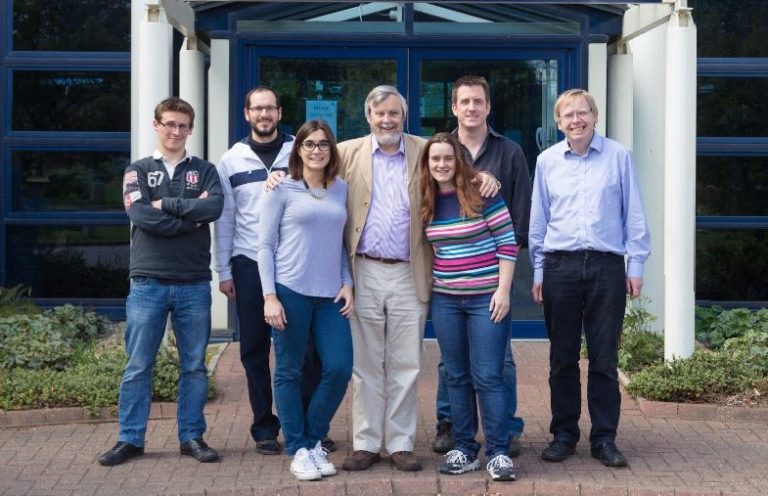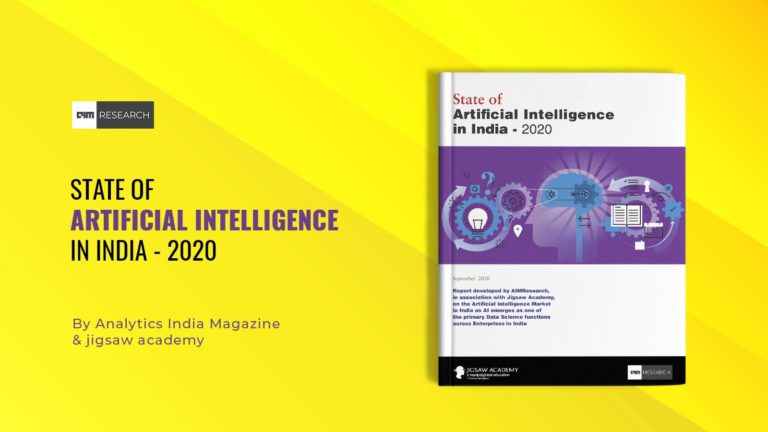India is slowly becoming a superpower in computers. According to a 2019 ranking, India is ranked 17th globally when it comes to applications and developments in supercomputers. India is definitely progressing towards being one of the biggest players in the field and this month, 10 institutes from Gujarat announced that they are planning to equip themselves with 10 more supercomputers this year. Let’s take a look at the supercomputers that are already being used by Indian educational institutes.
Following is a list of supercomputers by Indian institutes in alphabetical order:
1. Colour Boson (Cray XC-30)
Colour Boson is used by the TIFR, Mumbai. A Cray product, the model name of this supercomputer is Cray XC-30. It has a total storage of 1.1 PB. In this supercomputer, the nodes are interconnected by Cray’s Aries interconnect routing technology with DragonFly topology. Linux environment is used as the OS for the system and is currently being used under Indian Lattice Gauge Theory Initiative program by the scientists of TIFR.
Purpose: Research of quark-boson, a phase of matter that holds the mystery of the creation of our universe. It is also being used in developing theoretical physics and quantum chromodynamics and QCD.
Computing speed: 558.7 TFlops
2. HPC
IIT Delhi has the supercomputer in their campus called the HPC, which is a GPU-centric high-performance system and is one of the fewest in the world. It was developed by NVIDIA in conjunction with IIT Delhi team to built this system that is based on GPU Tesla Platform. It has a total storage of the system is 1.5 PB.
Purpose: Researchers in fields of biology, nanosystems, atmospheric science and bioinformatics use this system to study and research in areas such as Deep Learning, Computational Physics, Chemistry, Computational Fluid Dynamics and Material Science.
Computing speed: 860 Tflops
3. PARAM Ishan
Inaugurated in the year 2016, PARAM Ishan is a product of the Indian Institute of Technology, Guwahati (IITG). It is made by a joint collaboration of CDAC and IITG.
Purpose: R&D of computational chemistry, computational fluid dynamics, computational electromagnetics, civil engineering structures, nano-block self assemble, climate modelling and seismic data processing.
Computing speed: 121 Tflops
4. PARAM Kanchenjunga
PARAM Kanchenjunga is a PARAM series supercomputer. It was launched at NIT, Sikkim campus. It is a joint collaboration between the Pune-based CDAC and the Ministry of Communications and IT. It has the latest Intel processors and accelerator technologies. It is currently being deployed by two faculty members of NIT Sikkim in studying how to increase the efficiency of fuel movement through long oil pipelines such as from the Middle East to India. The supercomputer is established at a cost of Rs. 3 crore.
Purpose: Help achieve excellence in engineering education and research in the north-east region.
Computing speed: 15 Tflops
5. PARAM SHIVAY
Inaugurated in February 2019, PARAM Shivay is a part of the National Supercomputing Mission. The supercomputer is built by IIT-BHU, Varanasi. It is equipped with the latest Intel-based processors and high memory computer nodes. There are three supercomputing machines designed, manufactured and assembled at IIT Bhu, IISER Pune and IISER Kharagpur. This project is jointly implemented by DST and Ministry of Electronics and Information Technology (MeitY) and led by C-DAC and IISc. It supports the government’s vision of ‘Digital India’ and ‘Make in India’.
Purpose: Help in weather services, disaster simulation and management, help faster processing of seismic data and help in computational biology.
Computing Speed: 38.1 Tflops
6. PARAM YUVA II
Made by the Centre for Development of Advanced Computing (C-DAC), PARAM Yuva II is a supercomputer inaugurated in the year 2013 and was made in a period of only three months at a cost of ₹160 million/₹15 crores.
Purpose: It helps in carrying out research in space, seismic data analysis, aeronautical engineering, scientific data processing and pharmaceutical development, bioinformatics. Educational institutes can be linked to the computer through the national knowledge network.
Computing Speed: 524 Tflops
7. Sahasrat (CRAY XC40)
SahasraT supercomputer is located at Supercomputer Education and Research Centre (SERC), a facility at Indian Institute of Science (IISc). This Cray XC40 combines the capabilities of Intel’s latest Xeon Haswell processors for the CPU cluster and Nvidia’s K40 series of GPU cards. It consists of Intel Haswell Xeon E5-2680v3 processors, NVIDIA K40 GPU accelerators and Intel Xeon Phi 5120D coprocessors and storage of 2.1 PetaBytes. It has 1,500 processors and coprocessors along with 44 GPUs to handle complex tasks in the system. Sahasrat has been rated 901.54 TFLOPS, which the highest rating amongst all supercomputers in India. It used a cost ₹82.70 crores to build it.
Purpose: Aerospace engineering, meteorology predictions and astrological simulations. It is also used for material research and mapping the entire climate condition of the particular region via simulation.
Computing Speed: 1.46 petaflops
8. Virgo
Virgo is a supercomputer built for IIT, Madras (IITM). It has 292 compute nodes, 2 master nodes, 4 storage nodes and has total computing power. It is claimed to be the fastest cluster in an academic institution in India. In terms of performance, it has an Expand (Rmax) of 91.126 TF and Expands (RPeak) of 97.843 TF. It has architectures designed to handle different types of computing problems based on what is needed. The High-Performance Computing Environment (HPCE) is set up to cater to the ever-increasing demand for supercomputing facilities, of researchers at IIT Madras.
Purpose: Research in IIT-M in the fields of material science and engineering, atmospheric and ocean modelling, aerospace engineering, social, ecological and physical networks, design of large structures and VLSI, understanding flows and combustion, spectroscopy and molecular modelling.
Computing power: 97 TFlops



















































































